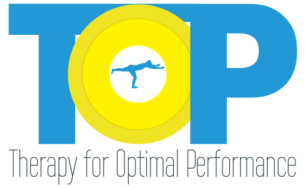This is part 2 of a 2 part series discussing knee valgus. Here we will see some of the solutions for the biomechanical faults described in Part 1 that a person may have which lead to excessive inward motion of the knee when walking, running and jumping.
1. Excessive Foot Pronation
The first case comes from an under-active foot and ankle. Here we want to see the outer edge of the foot stay planted on the ground rather than lifting off. This is something you can simply stay aware of in lifts like squat and deadlift variations where your foot is flat on the ground: as you lower, make sure you don’t lose contact with the outer edge of the heel and ball of the foot on the floor.
However to add in power through the inverters, practicing short foot exercises and learning to put forces through your foot in a good direction are bound to be helpful.
- Short foot isometric: strengthen your arch.
- Short foot with calf raise.
- Hip helicopter: creating movement from above forces the foot to have to work hard to stay stuck to the floor.
2. Avoiding Ankle Dorsiflexion
Here we need to get to the root of the matter and fix your ankle dorsiflexion range*! This couples with pronation of the foot. There are a number of exercises to help with this and, like above, not losing contact between the foot and the floor is critical. The main points to be feeling are the full heel and ball of the foot.
*It is also quite possible your hip extension on that side is not at full range and may need addressing too.
- Ankle rocks
- Heel eversion/pronation
- Clock reaches
3. Trendelenburg Gait – Excessive Hip Drift
When our foot hits the floor, we want our glute medius at the hip to kick in and help control our pelvis positioning so that it stays level. Here we can do the following exercises to help engage it better:
- Hip locks
- Drop squats
- Single leg squats
Higher Level Exercises for Skill Development
You want to be able to build up to plyometric exercises where you exhibit no knee valgus. Below are just a couple of examples of exercises I often use with clients.

